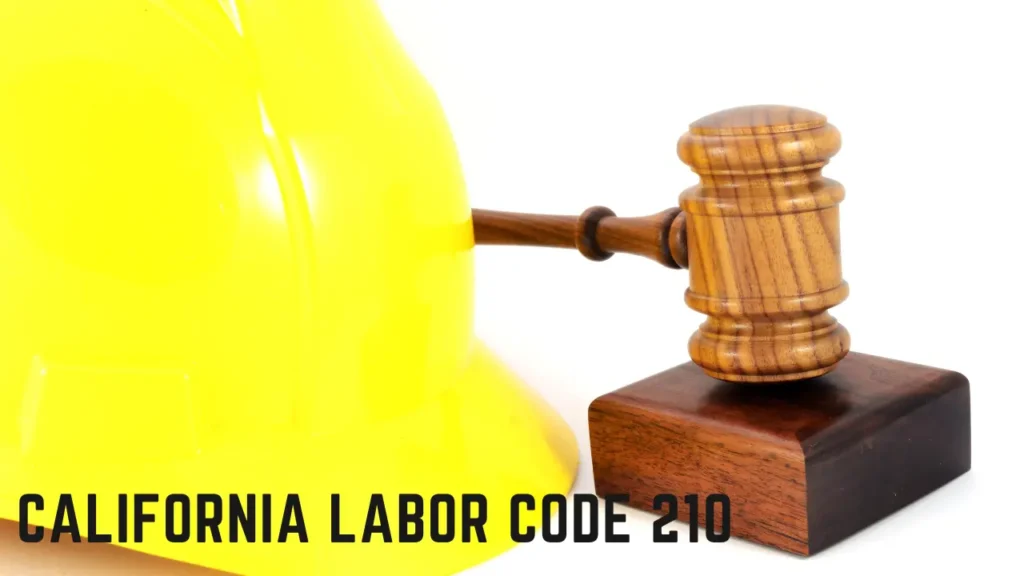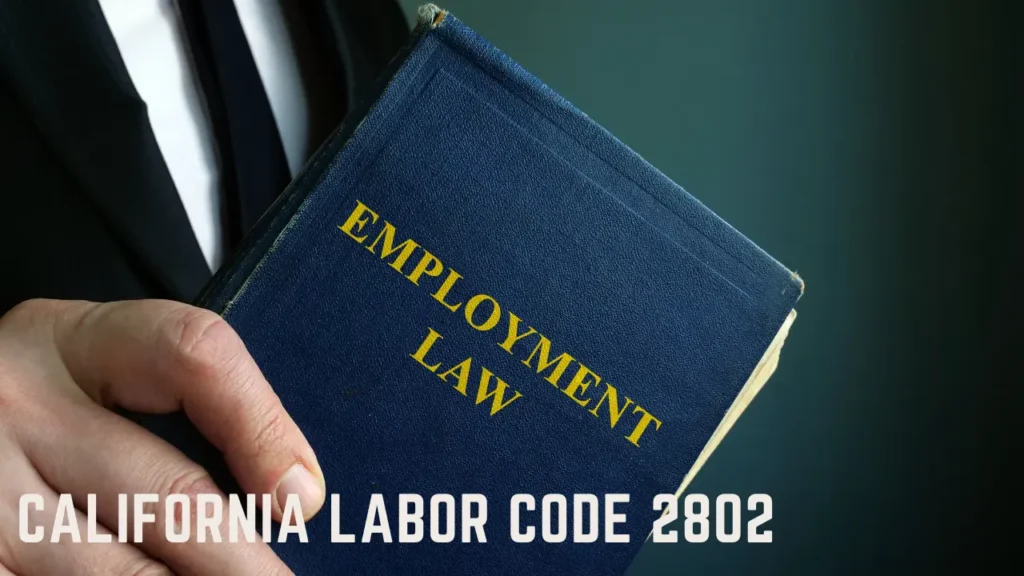Table of Contents
ToggleBoth these terms, while seemingly interchangeable in casual conversation, delineate distinct territories in the legal milieu, each carrying its own implications, intricacies, and consequences.
While discrimination orbits around prejudiced treatment anchored in an individual’s protected characteristics such as race, age, or gender, harassment typically refers to the propagation of a hostile work environment, seeped in unwelcome conduct based on similar protected characteristics.
Both these phenomena are strictly condemned under various legal frameworks, including the California Government Code and the Fair Employment and Housing Act.
Unraveling the distinct threads of these two terms is crucial in comprehending the legal rights and responsibilities of both employers and employees.
Please join us as we traverse through an exploration of the dynamics of discrimination and harassment in the workplace, the protective umbrella of the law, and the potential legal remedies at your disposal.
Understanding Discrimination and Harassment
In the realm of employment law, understanding the intricacies of discrimination and harassment is crucial to maintaining a respectful and equitable workplace environment.
Discrimination refers to unfair treatment based on a person’s protected characteristics such as race, age, sex, or disability. This can manifest in various ways, including hiring practices, wage discrepancies, and unfair dismissals.
On the other hand, harassment involves unwelcome conduct that creates a hostile work environment. This can range from offensive remarks to physical intimidation.
Both discrimination and harassment are prohibited by law, yet they persist in workplaces, creating distressing environments for victims. Understanding these terms is the first step in recognizing and challenging these unlawful behaviors, thereby fostering a more inclusive and respectful workplace.
Types of Workplace Harassment
Delving into the realm of workplace harassment, it is essential to highlight the diverse forms this issue can take, which range from sexual and racial harassment to bullying and intimidation.
Sexual harassment could involve unwelcome sexual advances or requests for sexual favors. Racial harassment may include offensive or derogatory comments about a person’s race or color. Bullying could encompass threats, insults, or demeaning jokes, while intimidation might involve aggressive pressure or tactics to induce fear.
Harassment based on disability, age, or religion also occurs in workplaces, creating an uncomfortable, hostile, or intimidating environment. All these forms of harassment can result in severe emotional distress, decreased productivity, and increased workplace turnover.
Employment Discrimination Explained
While harassment is a prevalent issue in the workplace, another equally significant concern is employment discrimination, which essentially involves unequal treatment of employees based on certain protected characteristics.
- Definition: Employment discrimination occurs when an employer treats an employee or job applicant unfavorably due to their race, color, religion, sex, nationality, age, or disability.
- Effects: Discrimination can impact hiring, firing, promotions, training, wages, and workplace conditions, ultimately inhibiting career progression and creating a hostile work environment.
- Legalities: Various federal laws, including the Civil Rights Act of 1964, the Age Discrimination in Employment Act, and the Americans with Disabilities Act, prohibit employment discrimination.
- Redress: Victims of employment discrimination can file a complaint with the Equal Employment Opportunity Commission (EEOC), which could potentially lead to legal proceedings against the employer.
Comparing Discrimination and Harassment
Having explored the complexities of employment discrimination, it is essential to juxtapose it with harassment, another prominent issue in the workplace, to fully understand their similarities and differences.
Discrimination is an unfair treatment based on protected characteristics, often reflected in official employment actions. Conversely, harassment, though also based on protected characteristics, is expressed through unwelcome conduct creating a hostile work environment. It’s more about interpersonal relations than official duties.
Both these behaviors are detrimental, yet distinct. Discrimination could manifest as a supervisor giving women the worst shifts, while harassment might appear as a co-worker making derogatory comments about a person’s background.
Understanding these differences and similarities is crucial in fostering a healthy, inclusive workplace.
Employee Rights Under FEHA
Under the Fair Employment and Housing Act (FEHA), employees in California are endowed with certain rights and protections against workplace discrimination and harassment. These provisions outline several key aspects:
- The right to a workplace free from discriminatory practices based on protected characteristics such as race, gender, age, and disability.
- The right to report any form of discrimination and harassment without fear of retaliation.
- The right to file a complaint with the Department of Fair Employment and Housing (DFEH) if the employer fails to address the reported issue adequately.
- The right to seek legal remedies, including monetary compensation, if discrimination or harassment has been proven.
These rights collectively aim to foster a respectful, inclusive, and equitable working environment.
Employer Responsibilities in Prevention
In light of these rights conferred by the FEHA, it is equally important to examine the obligations placed on employers to prevent discrimination and harassment in the workplace.
Employers must develop and distribute a prevention policy for harassment, discrimination, and retaliation. This policy should outline the process for employees to report such incidents, providing options that do not necessitate direct communication with their immediate supervisor.
Employers are also required to provide training on preventing discrimination and harassment.
If these measures fail to resolve the issue, employees may file a complaint with the Department of Fair Employment and Housing.
Legal Remedies for Victims
When employees become victims of workplace discrimination or harassment, they have access to several legal remedies to address these injustices. The legal options that victims can pursue are:
- Filing a complaint with the employer: Employers are obligated to address and rectify instances of discrimination and harassment in the workplace.
- Reporting to a state or federal agency: Victims can file a complaint with agencies like the Equal Employment Opportunity Commission (EEOC) or the state’s equivalent agency, which will investigate the claim.
- Lawsuit: Following the completion of the agency’s investigation, victims may be able to sue the employer in court for monetary damages.
- Alternative Dispute Resolution (ADR): Mediation or arbitration can be used as alternatives to traditional litigation, potentially leading to quicker resolution.
Conclusion
In conclusion, discrimination and harassment, while frequently conflated, represent distinct forms of prejudicial treatment in the workplace. Both are legally prohibited, and employers are responsible for their prevention.
Understanding these terms and their implications is vital for maintaining a respectful, inclusive work environment. Victims of such treatment are entitled to legal remedies and protections under laws such as the Fair Employment and Housing Act.
















